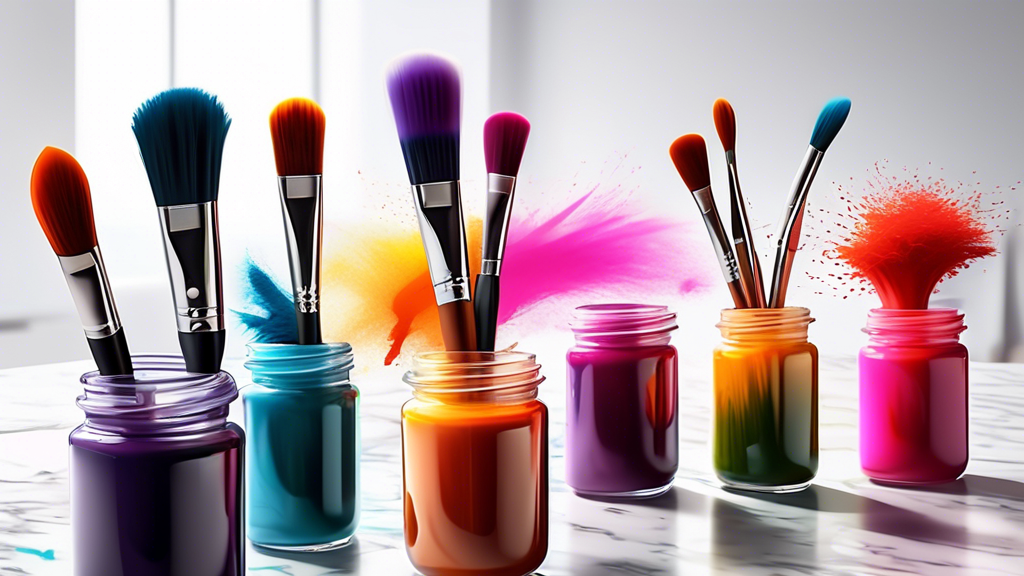Achieving the perfect hair dye results is a combination of using high-quality dye and the right tools. One often overlooked tool is the dye brush. Selecting the right dye brush can significantly impact the application process and, consequently, the final look. This article will guide you through the key considerations when choosing the perfect dye brush for your hair coloring needs.
Why a Good Dye Brush Matters
A good dye brush ensures even application of color, precision in targeting specific areas, and more efficient delivery of the product. The type of brush you use can affect the saturation, coverage, and overall seamlessness of the dye job. Without the right brush, even the best quality hair dye can result in a subpar outcome.
Types of Dye Brushes
There are several types of dye brushes available, each catering to different application techniques and hair types:
- Standard Flat Brush: The go-to choice for most hair coloring enthusiasts, a flat brush is versatile and perfect for broad applications. It's ideal for applying color from root to tip.
- Feathered Brush: With softer, tapering bristles, a feathered brush is perfect for blending colors and achieving a natural look. This brush is often used for techniques like balayage.
- All-in-one Brush and Comb: Combining a brush and comb, this tool is excellent for spreading dye evenly and detangling hair simultaneously. It's especially useful for root touch-ups and short hair.
- Precision Brush: Featuring a finer tip, a precision brush allows for detailed work, such as highlights and applying color to specific strands.
Bristle Material
The bristle material can affect the brush's performance and the dyeing process:
- Synthetic Bristles: These bristles are stiff and durable, making them suitable for thicker and coarser hair. They can hold and distribute more dye evenly.
- Natural Bristles: Made from materials like boar hair, these bristles are softer and more flexible. They are ideal for fine or damaged hair as they provide a gentler application.
Brush Size and Shape
The size and shape of the dye brush are also critical factors to consider:
- Wide Brushes: Perfect for covering large sections of hair quickly. They are ideal for those looking to apply an all-over color.
- Narrow Brushes: Better for precision work like highlights, touch-ups, and detailed coloring.
- Angled Brushes: These provide more control and accuracy when applying dye near the roots or along hairlines.
Handle Ergonomics
The handle design of the dye brush can significantly affect your comfort and control during application:
- Non-slip Grips: Brushes with non-slip grips offer better control, especially when working with dye-covered gloves.
- Ergonomic Design: An ergonomically designed handle reduces hand fatigue and allows for longer, more comfortable coloring sessions.
Consider Your Hair Type
Your hair type should influence your choice of dye brush:
- Thick or Curly Hair: Opt for a brush with firmer bristles and a wider base to ensure even coverage.
- Fine or Straight Hair: Use a brush with softer bristles to avoid damaging your hair. Narrow or precision brushes work well for detailed application.
Conclusion
Choosing the right dye brush can make a significant difference in your hair coloring experience and results. By considering factors such as brush type, bristle material, size, shape, handle ergonomics, and your specific hair type, you can ensure a flawless and professional-looking dye job every time. Investing a little time in selecting the right tool will pay off with vibrant, evenly-colored hair that looks and feels fantastic.

